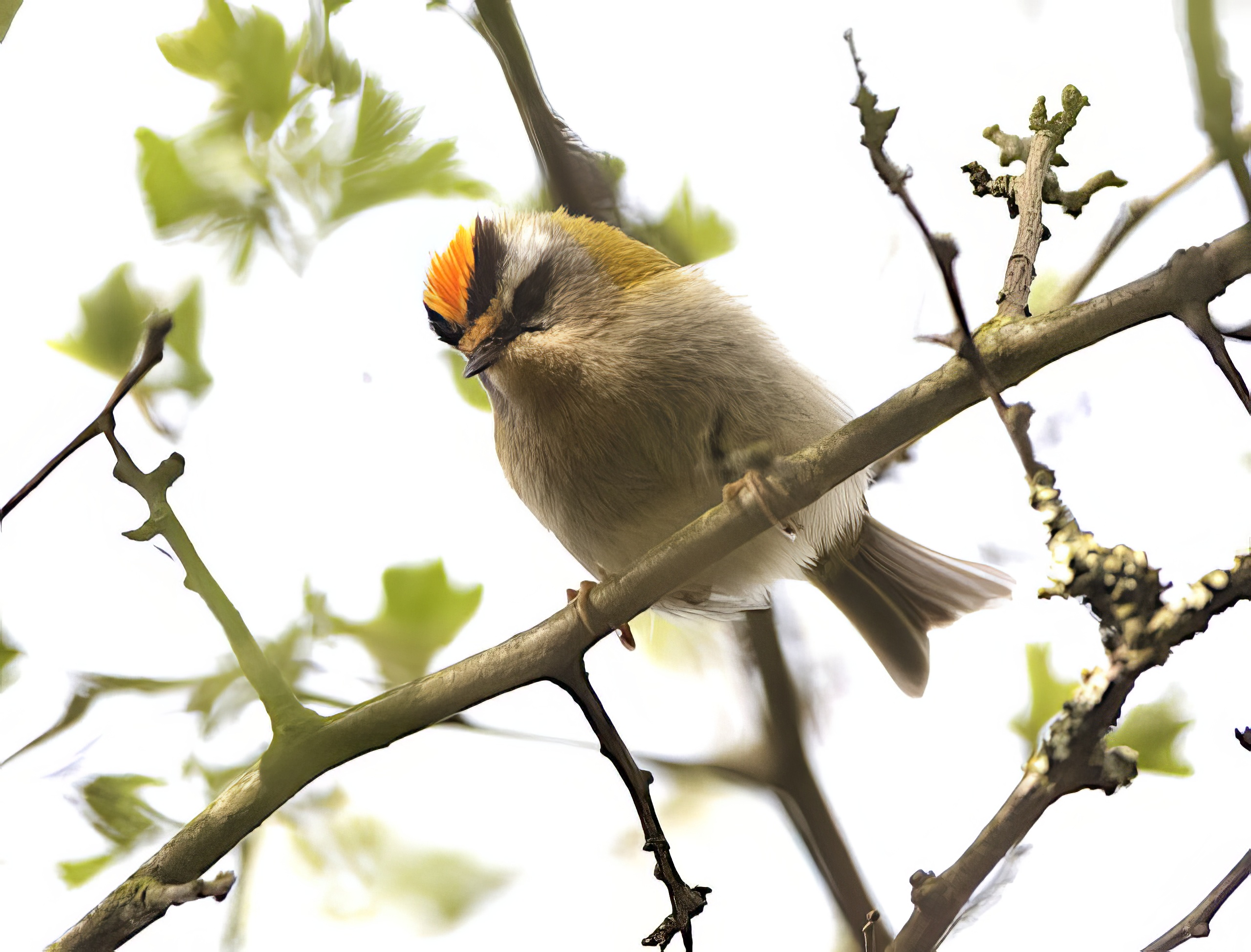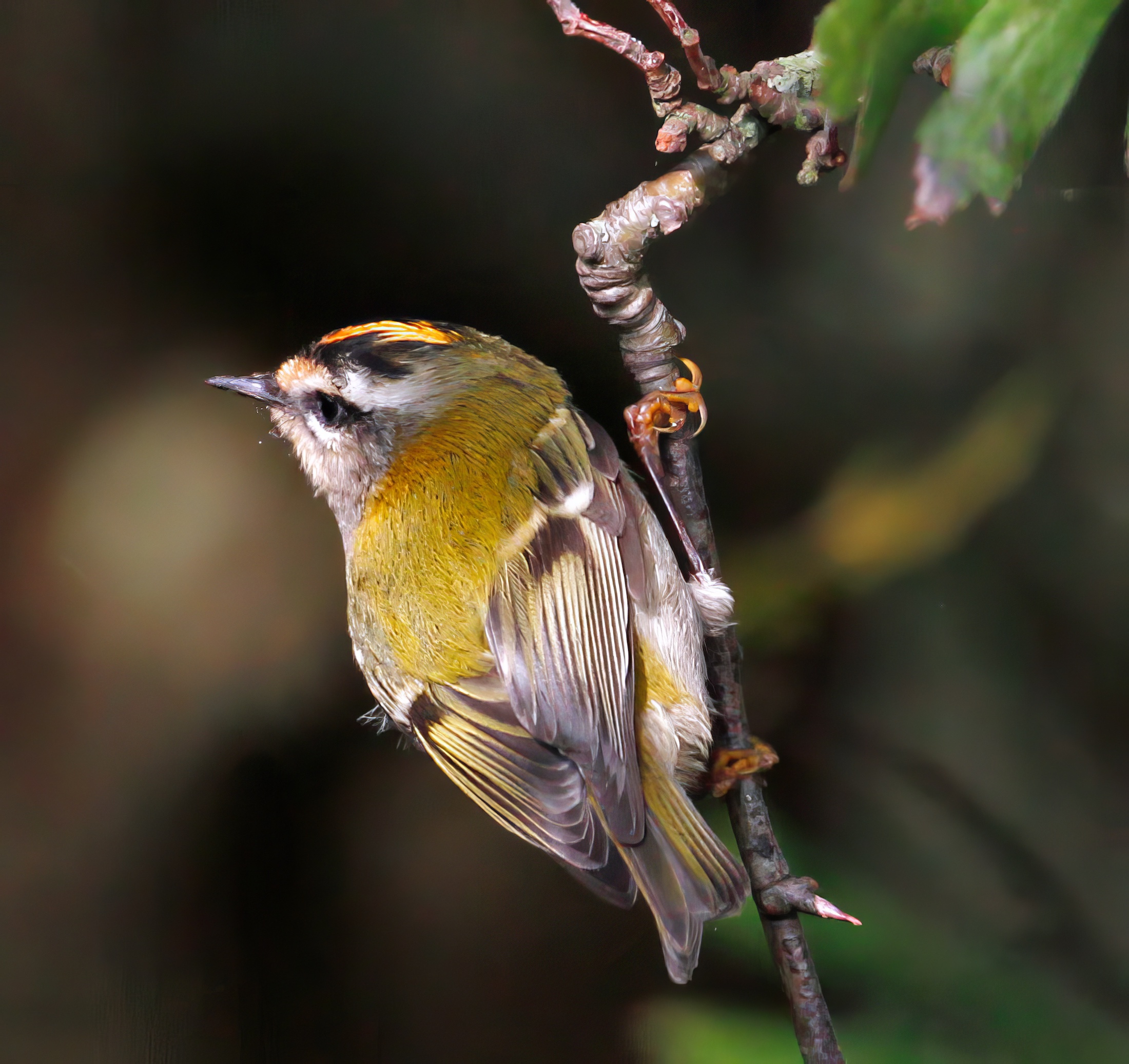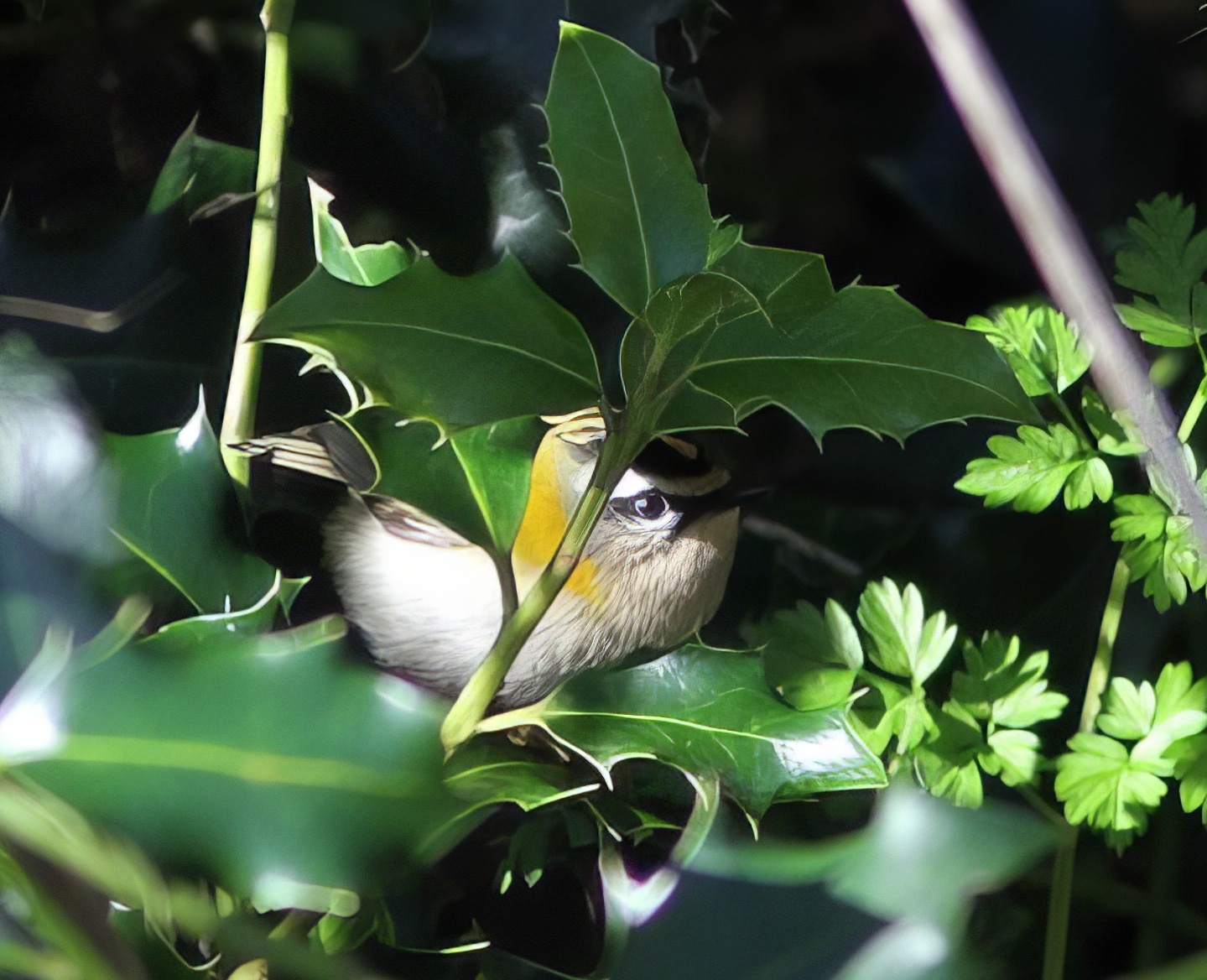Firecrest Regulus ignicapillis
Scarce and increasing passage migrant and rare winter visitor. Rare summer records and territorial behavious (ex-RBBP from 2018 season onwards).



Historically, Lorand and Atkin (1989) noted that there had been about 370 records up to the late 1980s, all but 7 since 1966, with the first being shot at North Cotes on November 9th, 1901. Others were 'obtained' there in September 1925 and October 1931. No others until one was seen at Gibraltar Point in September 1951 followed by singles there in 1960, 1963 and 1964, and then there were nine records in the county in 1966. In Britain as a whole, Firecrest had been spreading northwards from Hampshire since colonising the New Forest area from 1962 and this has continued apace since then. The BTO Atlas 2007-2011 showed it breeding in the Brecks and the north coast of Norfolk and sparsely into South Yorkshire/ Nottinghamshire to the west of Lincolnshire. By 2016 APEP4 estimated a British breeding population of at least 2,000 pairs. Breeding evidence remains scant in the county, but males have been singing at Gibraltar Point for increasingly lengthy periods in March-May 2016-2019 and at a couple of other inland locations. It is hard to know whether these are migrants or genuine prospecting territorial males. LBR reports that spring migration in 2014-2019 began between March 5th-19th and lasting into May with just one June record and none in July-August. The peak site counts across the county ranged from 4-7 across this period. Autumn migration began from September 12th-October 10th extending into November with peak counts ranging from 2-9. There were just six winter records with two in each of the months December-February. The largest one-day counts were all at Gibraltar Point which gets well over 75% of all county records. There were five here on April 5th, 2016, and four on April 2nd, 6th and October 11th 2015, March 27th 2016 and March 30th and May 10th, 2019. Elsewhere Saltfleet had three on September 17th, 2014. Small numbers of Firecrests are ringed in the county, less than 10 in most years, and there has been one foreign-ringed bird among these which was ringed in The Netherlands November 5th 2000 and retrapped at Seacroft on November 17th 2000.
(Updated with reference to the new Birds of Lincolnshire (2021) December 2022)
